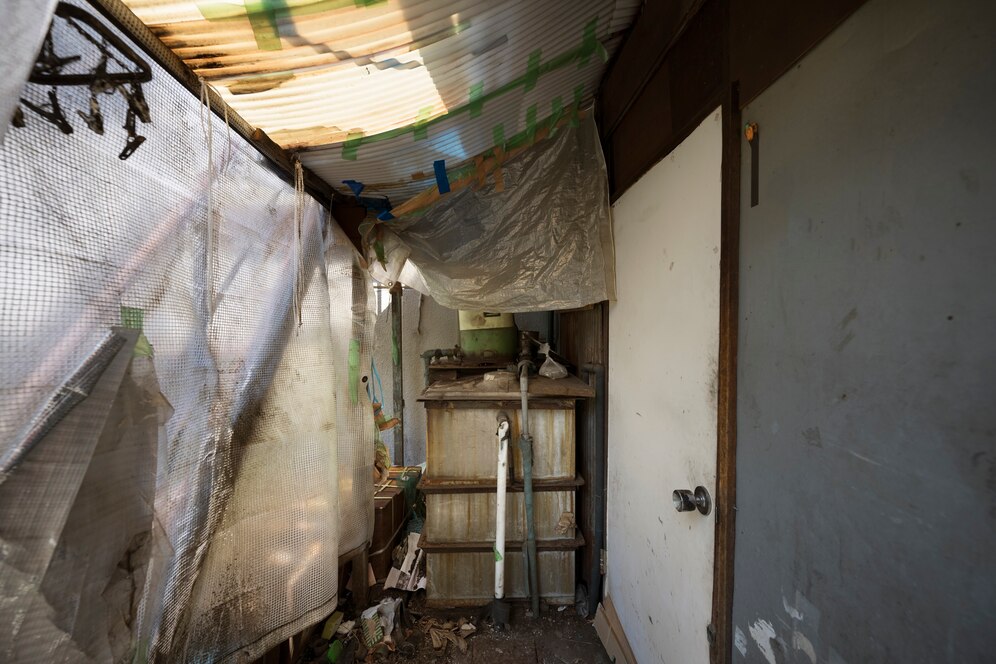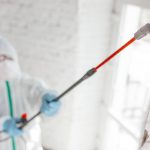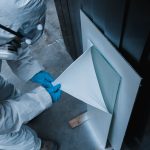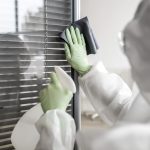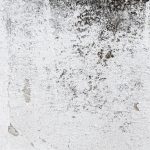
Florida’s hurricane season often leaves homes vulnerable to flooding, creating ideal conditions for mold growth. For homeowners in Cape Coral, Fort Myers, Naples, and other nearby cities, taking quick action after a storm or flood is crucial to preventing mold from taking hold in your home. Mold can begin to grow within 24 to 48 hours of water exposure, making it essential to address moisture issues immediately.
In this blog, we’ll discuss practical steps you can take to prevent mold after a hurricane or flood, helping to keep your home safe and healthy.
1. Act Quickly to Remove Water
After a hurricane or flood, it’s critical to remove standing water from your home as soon as possible. Mold thrives in damp environments, and the longer the water stays, the higher the risk of mold growth. Use pumps, wet/dry vacuums, or mops to remove as much water as you can from affected areas like basements, bathrooms, and kitchens.
For residents in Lehigh Acres and Bonita Springs, where floodwaters can accumulate quickly, calling in professional water removal services may be the fastest and most effective option. They can help with specialized equipment designed to remove water from hard-to-reach areas, ensuring your home dries out as soon as possible.
2. Use Dehumidifiers and Fans to Dry Out Your Home
Once the water has been removed, it’s essential to dry out your home thoroughly. Mold spores spread rapidly in moist environments, so you need to eliminate as much moisture as possible. Use high-powered fans, dehumidifiers, and open windows to promote air circulation and drying.
For areas like Fort Myers or Sarasota, where humidity levels are naturally high, drying out the house may take longer. Consider renting industrial-grade dehumidifiers and fans to speed up the process, especially if electricity has been restored after the storm.
3. Remove and Dispose of Damaged Materials
Mold can grow on virtually any surface that has absorbed water, including drywall, insulation, carpeting, and wooden structures. If these materials have been saturated, it’s crucial to remove and dispose of them to prevent mold from spreading.
For example:
- Carpeting: If the carpet has been soaked for more than 24 hours, it’s best to remove and replace it.
- Drywall: Wet drywall is a breeding ground for mold and should be cut out at least 12 inches above the waterline.
In homes in Naples or Marco Island, where flooding may have severely affected the lower levels, replacing damaged materials promptly is essential to stop mold from taking hold.
4. Sanitize and Disinfect Surfaces
After removing water and damaged materials, clean and disinfect all hard surfaces to kill any mold spores that may have begun growing. Use a non-toxic disinfectant solution or eco-friendly mold cleaning products to wipe down surfaces like countertops, floors, and walls.
In areas like Punta Gorda and North Port, where homes may experience recurring storms and floods, using natural, chemical-free cleaners not only eliminates mold but also keeps the air inside your home safe to breathe.
5. Inspect Hidden Areas for Moisture
Mold often grows in hidden areas that aren’t immediately visible, such as behind walls, under floors, or inside ductwork. Thermal imaging technology can help detect moisture in these areas without tearing down walls or flooring.
At QCI Online, we offer thermal imaging mold inspections in Cape Coral, Fort Myers, and surrounding areas to help homeowners identify hidden moisture before mold becomes a major problem. Our eco-friendly, chemical-free mold removal methods ensure that your home is safely and effectively protected from mold.
6. Monitor Humidity Levels
Even after floodwaters have receded and the house has dried out, it’s important to monitor humidity levels to prevent mold from reappearing. Aim to keep indoor humidity below 60%. You can use a hygrometer to measure humidity levels throughout your home, especially in high-risk areas like basements and bathrooms.
Homes in Bonita Springs and Estero are particularly vulnerable to high humidity due to the coastal climate. Using dehumidifiers, air conditioners, and proper ventilation can help maintain a drier environment, reducing the likelihood of mold growth.
7. Repair Leaks and Water Intrusion Points
If your home has experienced water damage due to roof leaks, damaged windows, or plumbing issues, repairing these weak points is critical to preventing mold. Check your home thoroughly after the storm to identify any areas where water may have entered.
In cities like Sarasota or Marco Island, where strong winds and heavy rains are common, ensuring your home’s roof and windows are well-sealed is crucial for keeping moisture out.
8. Call a Professional for Mold Remediation
If you notice signs of mold after a hurricane or flood—such as musty odors, visible patches of mold, or unexplained allergic symptoms—contact a professional mold remediation service immediately. Mold can spread rapidly, especially in the humid climates of Southwest Florida.
At QCI Online, we provide professional mold remediation services throughout Cape Coral, Fort Myers, and Naples. Our team uses eco-friendly, chemical-free solutions to eliminate mold safely and effectively, ensuring your home remains a healthy place to live.
Contact QCI Online for Mold Inspections and Remediation
If your home has been affected by a hurricane or flood, don’t wait to address potential mold issues. At QCI Online, we specialize in mold inspections and removal services for homes in Cape Coral, Fort Myers, Naples, and surrounding areas. Our team uses cutting-edge technology like thermal imaging to detect mold and eco-friendly methods to remove it.
Location: Cape Coral, FL
Website: QCI Online
Take proactive steps to protect your home from mold after a hurricane or flood. Call us today to schedule a free mold inspection and ensure your home remains mold-free and healthy!


